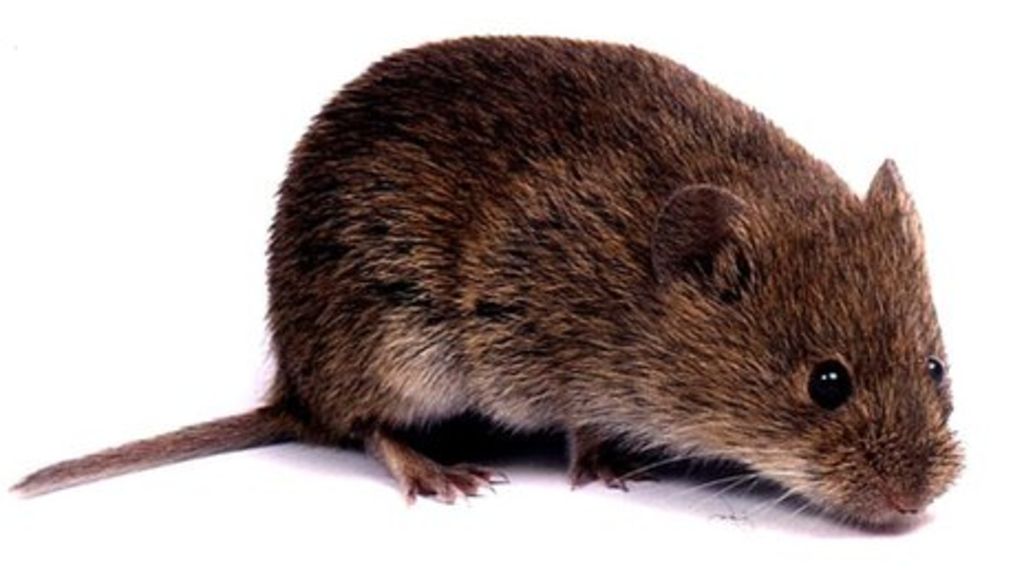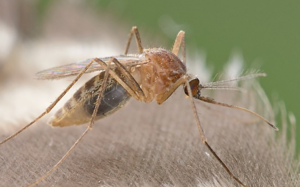Right now there is not a single human that knows how to beat the game we are playing on a world level.

Right now there is not a single human that knows how to beat the game we are playing on a world level.

Day 3 of Stay Home Stay Safe. With an empty office you would think I would be bouncing off the walls.
Congratulations to Jim Whalen for winning February’s Facebook drawing for a free service. Jim has won a free Vole Repellent in his home’s foundational landscape beds.
We will be giving away a free service to one of our Facebook likes each month. Want a chance to win a free service? Just LIKE our Facebook page. No purchase is necessary. No strings attached. No fine print except that the winner must live in our service area of West Michigan and the Detroit suburbs. You don’t even have to be an active client.
Congrats again Jim! https://www.tuffturfmolebusters.com/animal-control/voles/

We’ve already caught 28 moles this year. How many do you think we can catch in 2020?
Congratulations to Julie Brush for winning this month’s Facebook drawing for a free service. Julie has won a free Vole Repellent in her home’s foundational landscape beds.
We will be giving away a free service to one of our Facebook likes each month. Want a chance to win a free service? Just LIKE our Facebook page. No purchase is necessary, no strings attached, no fine print except that the winner must live in our service area of West Michigan and the Detroit suburbs. You don’t even have to be an active client.
Congrats again Julie! https://www.tuffturfmolebusters.com/animal-control/voles/ 
Our Facebook drawing for a free service is back! Congratulations to Kim Baragar for winning a free Vole Repellent in her home’s foundational landscape beds.
We will be giving away a free service to one of our Facebook likes each month. Want a chance to win a free service? Just LIKE our Facebook page. No purchase is necessary, no strings attached, no fine print except that the winner must live in our service area of West Michigan and the Detroit suburbs. You don’t even have to be an active client.
Congrats Kim!

 The oldest known mosquito with an anatomy similar to modern species was found in 79-million-year-old Canadian amber. Ever since, they’ve been a pain in the the… well, arm, neck, hands, feet, legs, pretty much any exposed skin of human and animal alike. By the way, Tuff Turf’s mosquito program runs through October.
The oldest known mosquito with an anatomy similar to modern species was found in 79-million-year-old Canadian amber. Ever since, they’ve been a pain in the the… well, arm, neck, hands, feet, legs, pretty much any exposed skin of human and animal alike. By the way, Tuff Turf’s mosquito program runs through October.
The female mosquito’s saliva is transferred to the host during the bite, and can cause an itchy rash. Additionally, many of the species can ingest pathogens while biting, and transmit them to future hosts. Mosquitoes are important factors in the spread of diseases such as malaria, yellow fever, Chikungunya, West Nile, dengue fever, filariasis, Zika and other arboviruses – many of which we’ve mentioned before in other posts. By transmitting diseases, mosquitoes cause the deaths of more people than any other animal group: over 700,000 each year.
Read the rest of this entry »
If you have an underground system, avoid sprinkling in the middle of the night. You should water in the morning for about 15 minutes per zone with rotor heads and 2 minutes per zone with misters. Water after 6:00 AM so that your lawn is not wet while it is dark. When temperatures are above 80 degrees, sprinkle again in the afternoon to cool the lawn. If you are watering in the heat of the day, make sure to water long enough to compensate for evaporation from the sun and wind. For zones with rotor heads, water for 5 – 10 minutes and 2 minutes for the misters. This will vary depending on soil profile, type of grass, amount of sun, and the amount of wind you receive.
I realize that underground sprinkling is a nice luxury and not everybody can afford it. However, in today’s technological world, the lack of an underground sprinkler system is not really an excuse to avoid sprinkling when you are not home. Amazon has everything you need to make your own “above ground sprinkling system”. For less than $60 you can buy a digital timer that attaches to your spigot and has up to 4 connections for garden hoses that can be programmed to run at different times. All you have to do is set out 4 sprinklers in your lawn. You can even buy timers that have WiFi so you can control the timer with an app. You would want to move the hoses every couple of days to avoid killing the grass under it. I have seen many homes with nice systems using garden hoses, and you don’t have to blow them out in the fall!


 |
| The depth of the roots of grass are a direct proportion to the height it is mowed |